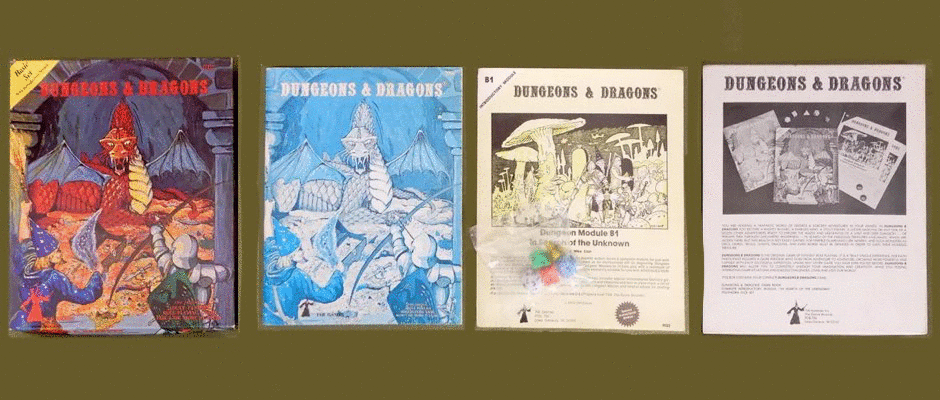Hordes of the Abyss is the first of the Fiendish Codex series covering evil Outsiders. My guess is that there will be a total of three since those are the alignment choices with those types of monsters classified as fiends. Codex also feels like it’s part of the other specialized monster-category books covering Dragons, Aberrations and the Undead. Personally, I don’t think Demons need any help unlike grells, ghouls or necromancers. They are already formidable due to their numerous immunities and ‘at-will’ powers. Demons are more of a nuisance to the players and DMs alike; hard to kill for the fomer and a bookkeeping nightmare for the latter.
However, this is a 3.5 D&D book. So much like its earlier counterparts Hordes isn’t exclusively about Demons but all things related to them such as spells, feats, the layers of the Abyss and worshippers who are more often willing dupes. It still has a heavier Monster Manual element to it with numerous pages re-introducing old favorites from First Edition that Third left out [Bar-Igura, Manes and Rutterkins] in addition to numerous new types.
It doesn’t start off that promising though. The opening pages blather on about the different types of chaotic evil beings (tanar’ri versus everything else), their physiology and a really useless chapter about the roles (brute, corrupter, assassin, etc.) Demons can take in the game. The latter section is just wasted space for even a beginning DM because 90 percent of all encountered Demons are reckless killing machines with no fear of death. If there was more emphasis on the (known) history, the Blood War and the current politics of the Abyss, I wouldn’t have minded the pointlessness of Demonic physiology too (if they lack most of our functioning biological systems, why are they still vulnerable to critical damage?).
Hordes shines when it comes to the MM-type of entries I mentioned earlier. The feats and other loyalty modifications (based upon which ruler the Demon is loyal to) can make two vrocks, rutterkins or succubi more distinctive; another welcome addition. There’s also a decent breakdown of the key realms of Abyss’s 666 layers.
The book would be incomplete if it omitted the infamous rulers of the Abyss; Orcus, Demogorgon, Jubilex, Grazz’t, etc.; who receive the 3.5 treatment after their reintroduction in The Book of Vile Darkness. Allegedly they’re weaker now compared to their 3.0 appearances. I will have to defer to the Internet noise being true because I never throw the players against such beings, it’s a guaranteed TPK with any incarnation.
Bottom Line: Hordes is a pretty worthwhile book since it’s on par with my other favorites Lords of Madness and Libris Mortis. It may be on the pricey said but that’s the sad reality with hardback books. Is it a must buy? For the players, ‘no,’ it’s not designed for them. For most DMs, it leans toward ‘yes’ because there are elements that make this book a tool for making enemies more challenging. Many of the feats the demons can take, other monsters and cultists are eligible for and obviously the spells are geared toward evil priests and wizards acquiring them. One day, the heroes may actually go take on Lloth in her Demonweb plane (old Greyhawk adventure) or visit Graz’zt’s capital to rescue Waukeen (an old FR adventure). This book will lay out the environmental conditions of those planes much better than the less interesting and vague Manual of the Planes. Even if the players never take up planar travel, Demons frequently visit the heroes’ reality and set up gates or bases. Once again, this book contains material on such scenarios and prevents Demons from being routine, two-dimensional foes.
From Austin to Adelaide
8915 Miles!Seattle
weeks0-6days00hours0-4minutes-30seconds-5-5Categories
Friends of Picayune
Meta

